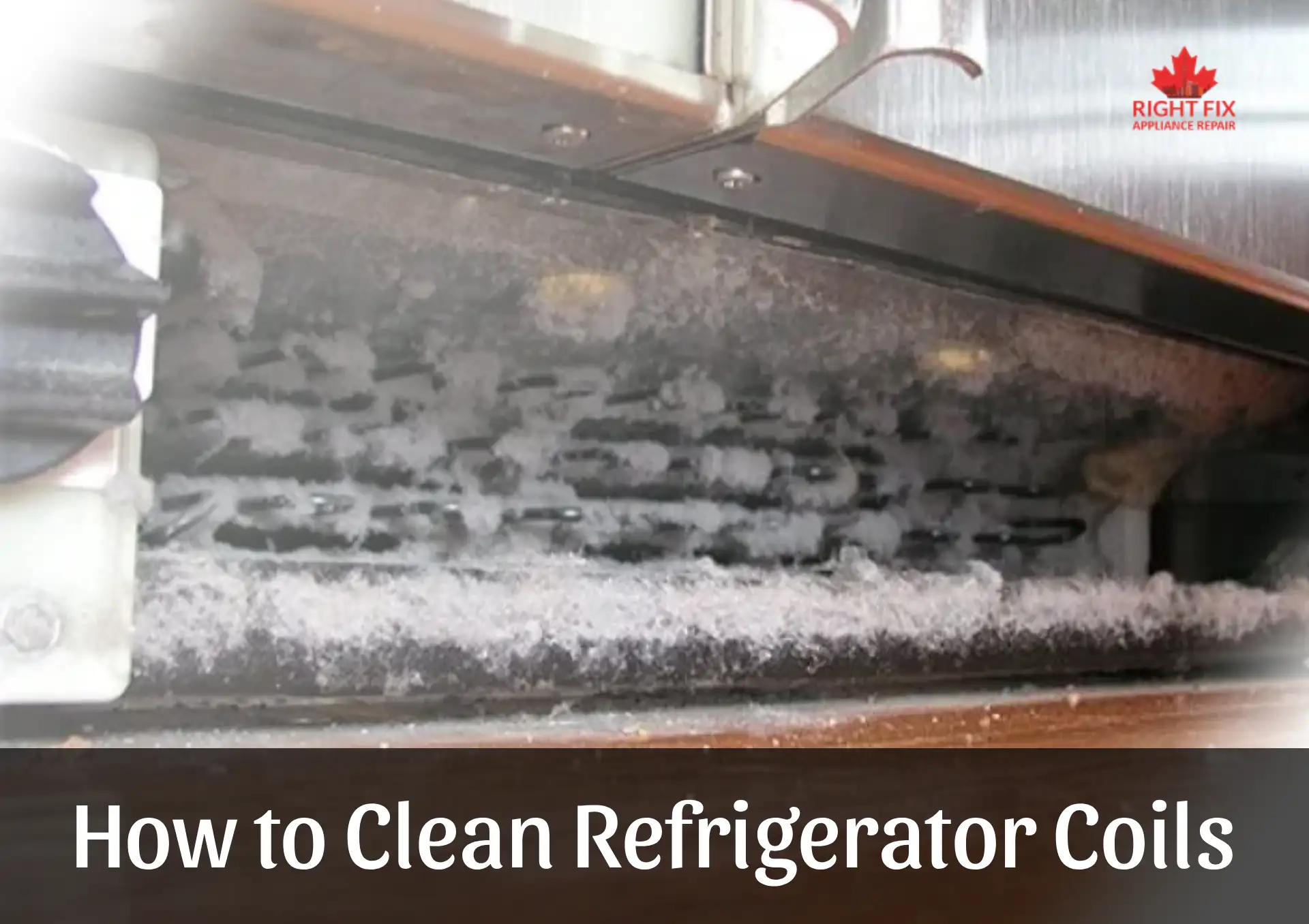Why Does My Washing Machine Smell Bad?
Did you know that 79% of washing machine owners have experienced unpleasant odors from their appliances at some point? I recently dealt with this exact problem in my own home, and let me tell you - that musty smell can be incredibly frustrating! Whether you're dealing with a front-loader or top-loader, these mysterious odors aren't just unpleasant - they can actually indicate bigger problems and even affect your clothes. Don't worry though - I've got you covered with solutions that really work!
Common Causes of Washing Machine Odors
- Buildup of detergent residue and fabric softener creating a breeding ground for bacteria
- Trapped moisture and poor ventilation leading to mold and mildew growth
- Hair, lint, and debris accumulation in the door seal and detergent drawer
- Hard water deposits combining with soap scum to create unpleasant smells
- Poor drainage issues causing stagnant water to remain in the machine
Step-by-Step Guide to Deep Clean Your Washing Machine
- Detailed Cleaning Process for the Rubber Seal and Gaskets:
Begin by inspecting the rubber seals and gaskets for any visible mold or debris. Use a soft cloth dipped in a mixture of equal parts water and white vinegar to gently scrub these areas. Pay special attention to folds and crevices where mold can accumulate. After cleaning, wipe them dry with a clean towel to prevent moisture buildup.
- Natural Cleaning Solutions Using Vinegar and Baking Soda:
Create an effective natural cleaner by mixing two cups of white vinegar with half a cup of baking soda. Pour the vinegar directly into the detergent dispenser and sprinkle the baking soda inside the drum. Run a hot water cycle to allow the mixture to break down any residue and eliminate odors naturally.
- Hot Water Cleaning Cycle Instructions and Timing:
Select the hottest and longest wash cycle available on your machine. Ensure that the drum is empty and add two cups of white vinegar to the detergent dispenser. Start the cycle and allow it to run completely. This high-temperature wash helps kill bacteria and dissolve buildup effectively.
- Specific Steps for Cleaning the Detergent Dispenser and Filter:
Remove the detergent dispenser drawer and soak it in hot, soapy water for about 15 minutes. Use an old toothbrush to scrub away any residue or mold. Rinse thoroughly and let it dry before reinserting. Locate the filter, usually found at the bottom front of the machine, and remove any lint or debris. Clean the filter under running water to ensure optimal performance.
Front-Load vs. Top-Load Washer Cleaning Differences
- Unique Challenges and Solutions for Front-Load Washers:
Front-load washers are more prone to mold and mildew buildup around the door seal. To address this, regularly clean the rubber gasket with vinegar and baking soda solutions. Additionally, leave the door slightly ajar after each use to allow the interior to dry completely.
- Special Attention Areas for Top-Load Machines:
Top-load washers often accumulate residue in the agitator and the lid. Clean the agitator by removing it if possible and scrubbing it with a brush and cleaning solution. Wipe down the lid and surrounding areas to prevent soap scum and mineral deposits from forming.
- Comparison of Cleaning Methods for Each Type:
While both types benefit from vinegar and baking soda treatments, front-loaders may require more frequent gasket cleaning, whereas top-loaders might need regular agitator and lid maintenance. Adjust your cleaning routine based on the specific design and common issues of your washer type.
- Common Problem Areas Specific to Each Design:
Front-load washers commonly face issues with door seals and detergent dispensers, leading to mold growth. Top-load washers, on the other hand, may experience buildup around the agitator and lid, causing unpleasant odors and reduced efficiency.
- Maintenance Recommendations Based on Washer Type:
For front-load washers, perform gasket and dispenser cleaning at least once a month and leave the door open after each wash. For top-load washers, clean the agitator and lid regularly, and ensure that the lid is dry between uses to prevent mildew.
Prevention Tips to Keep Your Washer Smelling Fresh
- Proper Loading Techniques to Prevent Moisture Buildup:
Avoid overloading your washing machine, as excessive clothes can trap moisture and prevent proper drying. Distribute laundry evenly to ensure efficient washing and reduce the risk of mold growth.
- Recommended Maintenance Schedule for Different Machine Types:
Establish a regular cleaning schedule tailored to your washer type. Front-loaders should be deep cleaned monthly, while top-loaders may require bi-monthly maintenance. Consistent upkeep helps maintain hygiene and prolongs the machine's lifespan.
- Best Practices for Detergent and Softener Usage:
Use the recommended amount of high-efficiency (HE) detergent to prevent excess suds and residue buildup. Avoid using too much fabric softener, as it can leave a film inside the machine. Regularly clean detergent dispensers to remove any lingering product residue.
- Ventilation Requirements and Door Positioning Between Uses:
Ensure that your washing machine is well-ventilated by keeping the laundry area dry and airy. After each wash, leave the door or lid open to allow moisture to escape and prevent the growth of mold and mildew.
- Quick After-Wash Habits That Make a Big Difference:
Immediately remove clothes from the washer once the cycle is complete to reduce dampness inside the machine. Wipe down the drum and seals with a dry cloth to eliminate residual moisture and prevent odor formation.
When to Call a Professional
- Warning Signs of Serious Mold or Mildew Problems:
If you notice persistent moldy smells despite regular cleaning, visible mold growth that is difficult to remove, or discoloration in the drum and seals, it may indicate a severe mold issue that requires professional intervention.
- Indicators of Mechanical Issues Causing Odors:
Strange noises during cycles, leaks, or the washer not draining properly can be signs of underlying mechanical problems. These issues can contribute to lingering odors and should be diagnosed by a professional technician.
- Cost Expectations for Professional Cleaning Services:
Professional washing machine cleaning services typically range from $100 to $200, depending on the severity of the issue and the service provider. It's advisable to obtain quotes from multiple companies to ensure competitive pricing.
- DIY vs. Professional Cleaning Considerations:
While regular maintenance and DIY cleaning can handle minor issues, persistent odors, mold infestations, or mechanical failures may require professional expertise. Assess the extent of the problem before deciding between DIY solutions and hiring a professional.
- Steps to Take Before Calling a Washer Repair Service:
Before reaching out to a professional, try basic troubleshooting steps such as running a deep clean cycle, inspecting and cleaning the seals and dispensers, and checking for visible blockages. Document any unusual symptoms or error codes to provide detailed information to the technician.
Conclusion:
Dealing with a smelly washing machine doesn't have to be a permanent problem! By following these cleaning methods and implementing regular maintenance habits, you can keep your washer fresh and efficient. Remember - the key is consistency in maintenance and proper usage. Don't wait until the smell becomes overwhelming - start implementing these solutions today to keep your laundry room fresh and your clothes truly clean!
Location we Service
- Ajax
- Alliston
- Aurora
- Bolton
- Bradford
- Brampton
- Brantford
- Burlington
- Caledon
- Cambridge
- Concord
- East York
- Etobicoke
- Georgetown
- GTA
- Guelph
- Halton Hills
- Hamilton
- Innisfil
- Keswick
- King City
- Kitchener
- Kleinburg
- Maple
- Markham
- Milton
- Mississauga
- New Tecumseth
- Newmarket
- North York
- Oakville
- Orangeville
- Oshawa
- Pickering
- Richmond Hill
- Scarborough
- Schomberg
- Stouffville
- Thornhill
- Toronto
- Unionville
- Uxbridge
- Vaughan
- Waterloo
- Whitby
- Woodbridge

















